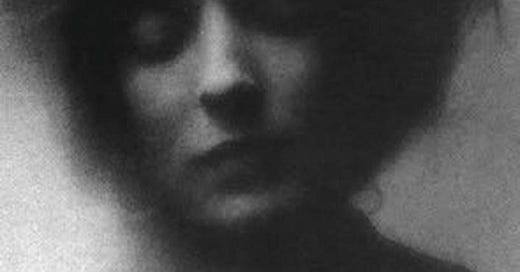
The avant-garde artist and writer Mina Loy (1882–1966) published only two books of poetry in her long lifetime: the 1923 Lunar Baedeker and, in 1958, Lunar Baedeker and Time-Tables. Flitting among early-twentieth-century art forms and movements as among domestic ménages and personal tragedies, to us she may seem to slip like a shadow through a Modernist poetic world peopled by more solidly and enduringly visible figures: Wallace Stevens, William Carlos Williams, Marianne Moore, and Ezra Pound.
In the early 1920s, the poet and critic Yvor Winters, already formulating his own vision for a strictly hierarchical poetic canon, set Loy alongside both Stevens and Moore: “I think Mina Loy a genius.” Yet today we hardly know her. Perhaps we should know her better than we do.
It was Pound who coined a word applicable to Loy’s experimental poetics. Logopoeia, one of three “kinds” of poetry as defined by Pound in his Literary Essays, involve…
Keep reading with a 7-day free trial
Subscribe to Poems Ancient and Modern to keep reading this post and get 7 days of free access to the full post archives.



